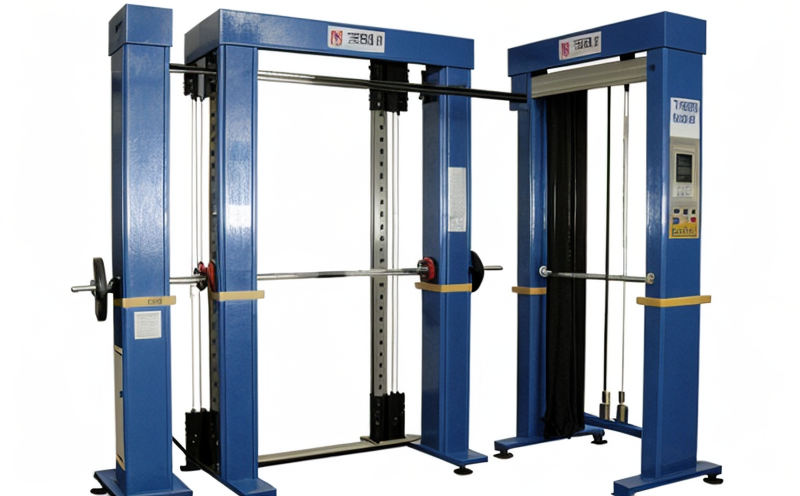JIS L1030 Tensile strength of textile fabrics
The JIS L1030 test method is a critical tool used in the textile industry to determine the tensile strength and tear resistance of textile fabrics. This standard is widely recognized for its relevance in assessing how well fabrics withstand stretching forces, which is essential for ensuring product quality and durability.
Textile materials are subjected to various mechanical stresses during manufacturing processes as well as when used by end consumers. Understanding the tensile strength helps manufacturers optimize fabric designs, select appropriate yarns and fibers, and ensure that final products meet performance expectations. The JIS L1030 test is particularly relevant for weaves such as plain weave, twill, and satin because it evaluates how these structures perform under tension.
The procedure involves placing a sample between two jaws of a tensile testing machine. One jaw moves downward while the other remains stationary to create a controlled stretching force on the fabric specimen. Specimen preparation follows strict guidelines outlined in JIS L1030, which includes selecting samples from specific locations within rolls or pieces of fabric to ensure representative results.
The test parameters are crucial for obtaining accurate measurements; they include setting the initial gauge length (the portion of the sample used during testing), applying load at a specified rate, and measuring elongation until failure occurs. Upon reaching maximum stress before breaking point, readings provide valuable information about the material's strength characteristics.
Results from this test are reported in terms of both ultimate tensile strength (UTS) – measured in Newtons per meter or kilonewtons per square decimeter – and elongation at break. These values enable engineers to compare different fabrics based on their relative performance under tension, allowing for informed decisions regarding material selection.
Standard deviation plays an important role in interpreting results from multiple tests conducted on the same type of fabric or across various batches. By comparing standard deviations with established tolerances specified by JIS L1030, manufacturers can assess consistency and variability within their production processes.
Industry Applications
| Industry Sector | Application |
|---|---|
| Fashion Apparel | Ensuring durability and fit for garments like jackets, pants, shirts. |
| Automotive Textiles | Evaluating seat coverings, door panels, headliners in vehicles. |
| Hospitality & Furnishings | Testing upholstery fabrics for sofas, chairs, and curtains used in hotels or homes. |
| Sports & Leisure | Making sure equipment like backpacks, bags, and sports gear can handle physical stress. |
| Failure Mode | Potential Causes |
|---|---|
| Edge Failure | Improper sample preparation, incorrect gauge length. |
| Fiber Breakage | Inadequate fiber quality or insufficient yarn count. |
| Slip at Grommets | Incorrect placement of grommets, improper threading. |
Why Choose This Test
Selecting the appropriate tensile strength test is vital for ensuring product quality and compliance with industry standards. The JIS L1030 method offers several advantages over other testing protocols:
- It provides precise measurement of both UTS and elongation at break.
- The standardized procedure ensures consistent results across laboratories.
- Comprehensive data helps manufacturers improve fabric performance.
- Meeting JIS L1030 requirements enhances brand reputation through reliable product quality.





